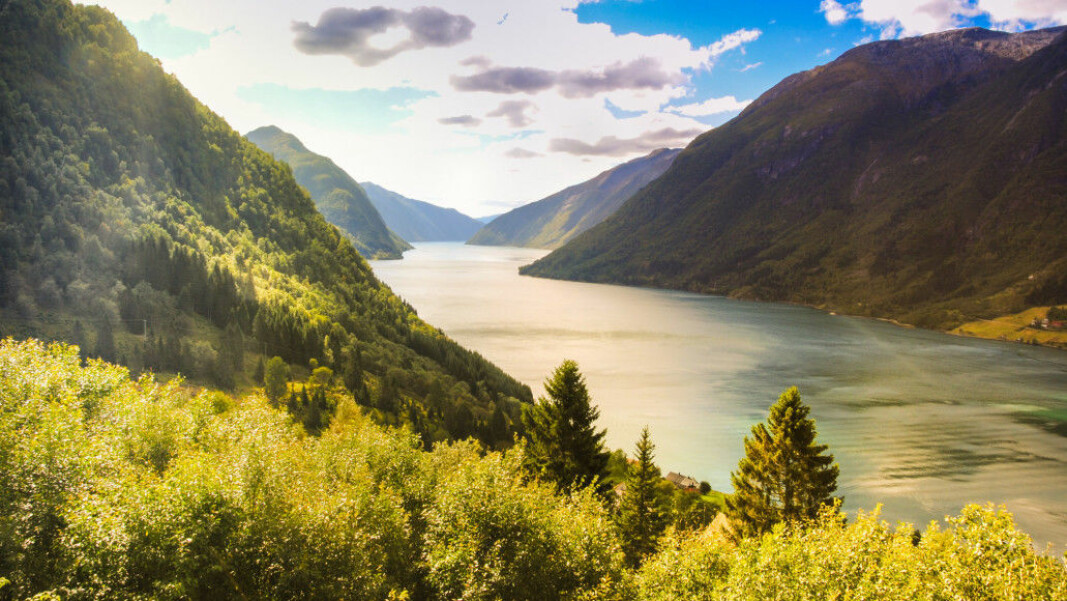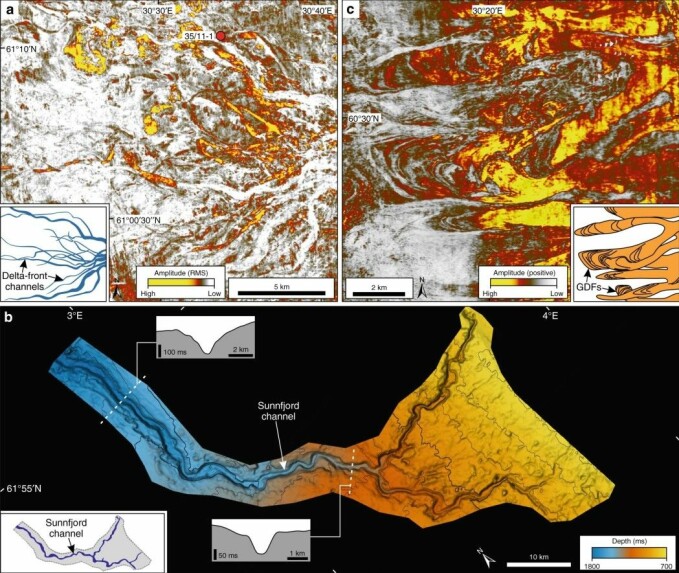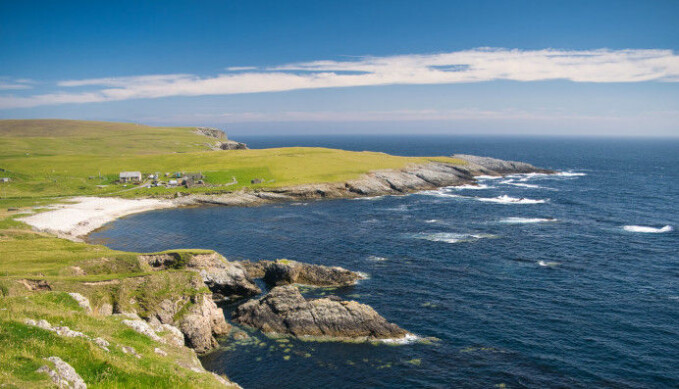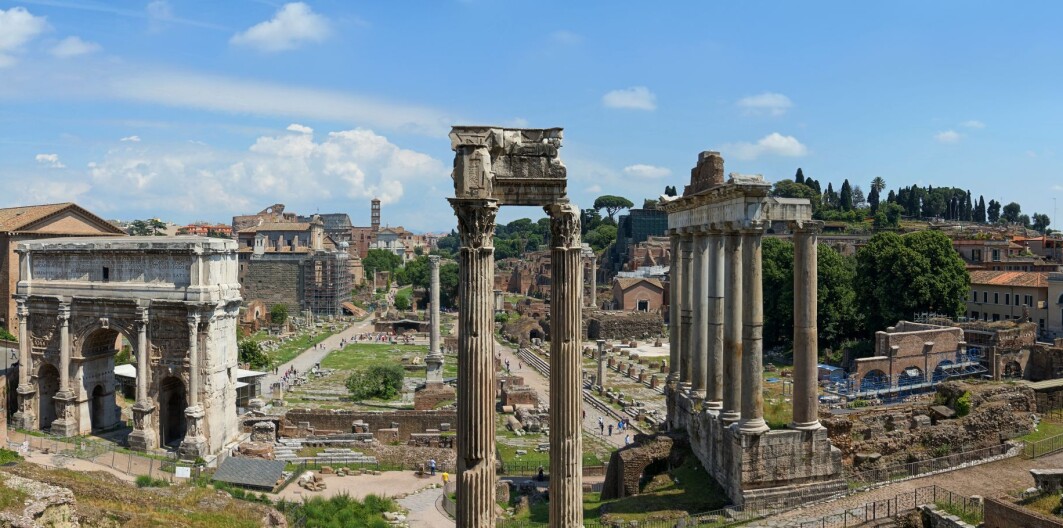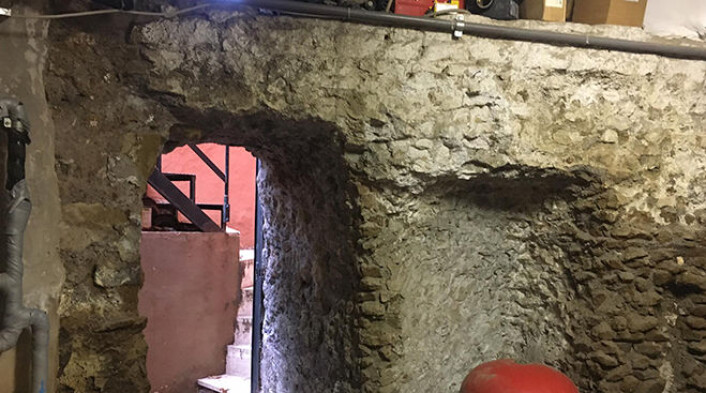BACKGROUNDER
Money, Power and Politics at the WHO
2 OCTOBER 2020
The World Health Organization has once again found itself in the spotlight in 2020. Protecting the world against the new coronavirus implies navigating numerous obstacles, from managing severely limited funds to placating the world powers that provide them. Fine van den Steen takes a look at the geopolitics that has shaped the WHO’s manoeuvring throughout the global coronavirus pandemic.
“Sometimes they’re too fast, sometimes they’re too slow,” is the echo which follows every epidemic. 10 years ago, the WHO overreacted to the swine flu, resulting in excessive medical costs. Four years later, with Ebola, its reaction was too slow and cost lives.
Both approaches were heavily criticised, confirmed a European diplomat to the United Nations in Geneva: “I am sure the WHO experts were not satisfied. But just because they’re dissatisfied does not necessarily mean that the director-general can openly express that.”
Whether the WHO was too slow or too fast in tackling the new coronavirus will become clear in the final report of an independent committee of inquiry, the Independent Panel for Pandemic Preparedness and Response (IPPR). This independent panel, under the leadership of former New Zealand Prime Minister Helen Clark and former President of Liberia Ellen Johnson Sirleaf, will examine the actions of both the WHO and its member states. A first interim report is expected in November 2020, and the final report is due in May 2021.
Reliant on goodwill
Following the fiasco with the SARS virus in 2003 and the realisation that increased globalisation can also lead to more epidemics, the WHO took action. In 2005, it updated its International Health Regulations (IHR) that are the basis for international collaboration in response to public health risks.
The IHR is a multilateral agreement between the WHO and its 194 member states that requires signatories to develop the capacity to detect, assess, and respond to acute public health risks. The agreement is binding but – as with most forms of international law – the WHO has neither the authority nor the means to enforce it. The assumption is that member states will pursue compliance because the consequences for failing to do so are disastrous: a high number of sick people and fatalities, a bad image, or exclusion by the international community.
As of 2020, no member state fully meets the requirements of the IHR. Nevertheless, it could have saved lives. Indeed, the regulation obliges countries to share information about any disease that could develop into an international health threat. Covid-19 was – and remains – such a threat par excellence.
“The only teeth the WHO has is ‘naming and shaming’ and international health law […]”
Some countries had fierce discussions with the WHO this year about closing international borders due to the coronavirus. That is because the IHR not only protects lives, but also the economy. The regulations thus stipulate that countries may not take measures that unnecessarily affect trade and transit.
Although the WHO’s “neutral” position should make it ideally suited to judge whether or not to close borders in order to contain a health threat, geopolitical interests play a strong role. Some countries, including the United States, unilaterally decided to close borders with China in January, although this went against the WHO’s advice.
“The only thing that the secretariat [of the WHO] did was to point out that countries had to report and account for travel restrictions according to the IHR”, explained the UN diplomat in Geneva. “The WHO gave an opinion on this and published it. WHO regulations do not prohibit such travel restrictions, although the opinion is interpreted as a condemnation. That is a nuanced difference. Perhaps the regulations here are too weak and instruments need to be created, but not within the remit of the WHO.”
“The WHO has a relatively small secretariat with a couple of thousand people and the budget of an average hospital”, continued the diplomat. 80 per cent of this budget comes from voluntary contributions, and the destination of most of these is earmarked by the donors. The United States government and the Bill & Melinda Gates Foundation are the biggest sponsors. “The only teeth the WHO has is ‘naming and shaming’ and international health law. That is all the WHO has. It has no coercive tools, and no power.”
The WHO has been left to depend on the goodwill of its member states, which is problematic when superpowers such as China and the US are flexing their muscles. “UN institutions are very quickly paralysed when there are major disagreements and diplomatic tensions,” added the diplomat.
Inconsistent information
On 14 January 2020, the WHO sent a now infamous and much debated tweet out into the world: “Preliminary investigations by the Chinese authorities have found no clear evidence of human-to-human transmission of the new coronavirus.” As a result, many questioned the seriousness of the virus.
Meanwhile, Hong Kong, Taiwan and Singapore tightened border controls for passengers from Wuhan, China. These three pioneering countries remembered another coronavirus whose severity China had downplayed: SARS.
It was the eve of the Chinese New Year and the region was preparing for the biggest mass migration of the year. The Chinese government expected 440 million rail journeys and 79 million air journeys by the end of January. If the virus were to move with these travellers, it would spread at lightning speed not only within China, but also to Taiwan, Hong Kong and Singapore.
But Dr Tedros Adhanom Ghebreyesus, the director-general of the WHO, was confident: China had been asked for more information and replied immediately on 31 December. Indeed, Tedros praised China’s cooperation and transparency and accused other countries of underestimating the information themselves.
“I was slightly embarrassed that [Tedros] had a little too much praise for the Chinese leadership,” said the diplomat in Geneva. “But to really go against China can be counterproductive, because you close communication channels.”
Tedros’ commendations stood in stark contrast to reports of media censorship and the arrest of doctors in China. The WHO was already aware of these challenging information flows, according to internal WHO documents made available to the US press agency Associated Press.
Those same documents explained that Tedros’ choice was also a strategy to entice China into providing information – like the fabled fox who steals the raven’s morsel of cheese by complimenting him so much that he eventually opens his beak and drops it. “A director-general of the WHO cannot be too harsh on a member state, and certainly not one like China or America”, explained the diplomat.
The concern about Covid-19 was of course real, as the Chinese doctor Li Wenliang also testified. He was one of the first whistleblowers to state the dangers of the virus, one of the first doctors to be arrested, and he eventually died of the disease. On his deathbed he reportedly said: “I think there should be more than one voice in a healthy society.”
Chinese scientists engage in self-censorship in order to avoid reprisals from Beijing. At the same time, the regime actively censors and slows down the flow of information. Former WHO Secretary-General Gro Harlem Brundtland experienced this in 2003. When she discovered that China was withholding information about the new SARS virus, she publicly reprimanded Beijing. Brundtland paid the price for her bold behaviour, as cooperation with the aggrieved People’s Republic proved difficult from that time onwards. With that in mind, it was perhaps unsurprising for Tedros to choose the carrot rather than the stick at the beginning of 2020.
Money is power
Tedros’ praise of China may also have echoed his loyalty to the country. The word in Geneva is that “Dr Tedros was elected [as WHO director-general in 2017] with Chinese support.” That same year, China expressed its ambition to increase its influence on the United Nations, “and we are already feeling that” (keeping in mind that the WHO is one of the UN’s specialised agencies).
“China has become much stronger”, said Gro Harlem Brundtland in an interview with the German magazine Der Spiegel. “Anyone who now openly criticises the country […] runs the risk of China’s withdrawal.”
“The WHO has a relatively small secretariat with a couple of thousand people and the budget of an average hospital”
Taiwan experienced this back in 2016. Their newly elected government was not well received in China, which is why Taiwan lost its observer status at the annual WHO meeting. Incidentally, Taiwan is not a member of any UN organisation because, according to Beijing’s One-China policy, it belongs to China. Taiwan’s independence is therefore not recognised by China, nor by those countries that do not want to challenge China.
It was precisely this growing influence of China on the WHO that the US took umbrage at, causing President Donald Trump to withdraw his funds. Covid-19 triggered this decision which fits in perfectly with the US’s “America First” attitude.
In recent years, Washington has withdrawn from several UN organisations and international conventions. In fact, it had already warned the WHO about its lack of transparency in the run-up to the elections of the new director-general in 2017. Moreover, the US and China were at odds even before the pandemic, as the trade wars and public muscle flexing demonstrate.
[…] the departure of the US may also lead to a reshaping of influence in the WHO.
The fact that the US has withdrawn its money is a serious drain on the World Health Organization. Nonetheless, according to the diplomat it appears that “US influence on the WHO is still strong.” It is reassuring that Trump’s successor can reverse the decision before the departure goes into effect on 6 July 2021. And even if Trump is re-elected in November, hope lies with other organisations that can fill the financial gap, such as the newly established WHO Foundation.
However, the departure of the US may also lead to a reshaping of influence in the WHO. Trump denounces the growing influence of China, but when the WHO was set up it was the Soviet Union that withdrew from the organisation because of the excessive influence of the US. At that time, the US provided a third of the WHO’s budget. Today, the amount is only 15 per cent.
Geopolitical rumblings
Tedros has stressed that the coronavirus should not be misused to score political points. But the political undertone had already been set before the epidemic broke out.
Politicians around the world reacted according to existing fault lines. Republicans and Democrats in the US express their political colour by whether or not they wear a mouth mask. Northern European member states prioritised their own interests over solidarity with Southern European countries which were harder hit by the pandemic, something which was compounded by their already weaker economic position.
The flow of medical supplies perpetuated and severed geopolitical relations. Italy and Serbia, for example, blamed the European Union for not coming to their aid, whereas China did reach out to them. With China and Russia supplying relief to other countries in need, the Chinese propaganda mill also scored domestic political points. Even the demand for independent research was politically echoed in trade wars, such as the sudden increase in import duties on Australian barley.
However, just like the post-war American aid from the Marshall Plan, Chinese support also has a political agenda. Beijing’s Belt and Road Initiative mega-project will not only be a worldwide network of trade and transit, but also one of debt and power. China’s flow of corona aid seems like a foretaste of the health trajectory of the New Silk Road.
[…] just like the post-war American aid from the Marshall Plan, Chinese support also has a political agenda.
“All roads should lead to universal healthcare”, Tedros announced back in 2017, a sentiment he reiterated on 18 June 2020. A partnership between the WHO and China seemed like a good idea to him. As the Ethiopian Minister of Health (2005 to 2012) and Foreign Affairs (2012 to 2016), Tedros was familiar with Chinese policy. Beijing regards Ethiopia as the gateway to East Africa, and the country is thus an important stop on the New Silk Road. China is not only Ethiopia’s most important trading partner – it is also its largest foreign creditor. Chinese loans account for half of Ethiopia’s national debt. It was precisely this combination of ministerial posts that made Tedros the perfect candidate for WHO chief in 2017.
The counterarguments were dismissed as smear campaigns by the opposition. In response to the accusation that as Minister he had concealed cholera outbreaks in Ethiopia, Tedros replied again and again that these were “cases of acute watery diarrhoea”. He referred to issues in the authoritarian regime that he had served, which had a poor record for respecting human rights, as the “teething troubles of a young democracy”.
Moreover, Tedros enjoyed the support of Asia and Africa, respectively led by China and the African Union (which was then chaired by Zimbabwean President Robert Mugabe). Shortly after his election, Tedros appointed Mugabe as the WHO’s Goodwill Ambassador, and China as a partner for universal health care. He withdrew the first of these decisions under international pressure due to the dictator’s atrocities. The second decision will have proved troubling this year.
China today, another power tomorrow
“There are political sensitivities that states do not respect, which prevent them from showing their best side,” explained the UN diplomat. “This prevents scientists from doing their work and hampers scientific organisations.”
Across Europe, there is an awareness of the high politics that plays out in the United Nations. In Belgium, the conclusion that the power of UN institutions is limited was voiced in May in the Foreign Policy Committee of the Flemish Parliament, during an “exchange of views” on managing the corona crisis: “The WHO cannot defend itself. It is a membership organisation in which the Member States have the last word.”
“[…] the Flemish government continues to take a critical stance with regard to China’s role and demands clarity about the origin of the pandemic.”
The same committee expressed that: “a confrontation with Beijing would have cut off access to essential information from China […] That does not alter the fact that the Flemish government continues to take a critical stance with regard to China’s role and demands clarity about the origin of the pandemic.” This clarity must be provided by the independent committee of enquiry.
Too fast or too slow? This crisis also shows that the goodwill of member states, rather than effective instruments, determines the rhythm of the WHO. The room for manoeuvre is limited due to tense geopolitical relations and a tight budget. In this way, the WHO dances a pernicious tango between health, economics, geopolitics and diplomacy. Today with China, tomorrow with another superpower.
This article was first published in Dutch in MO* Magazine.


